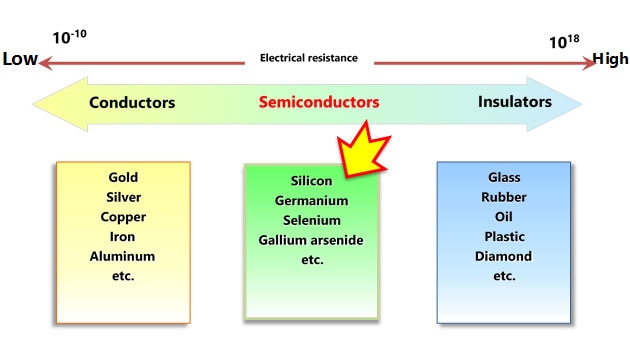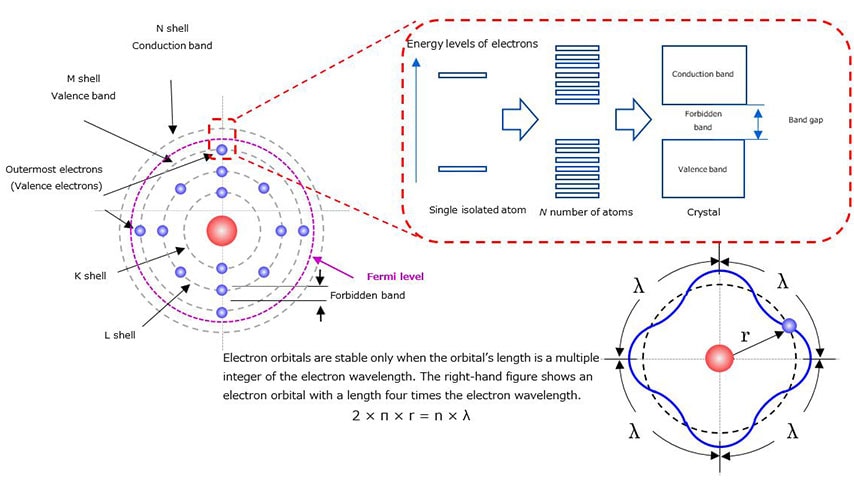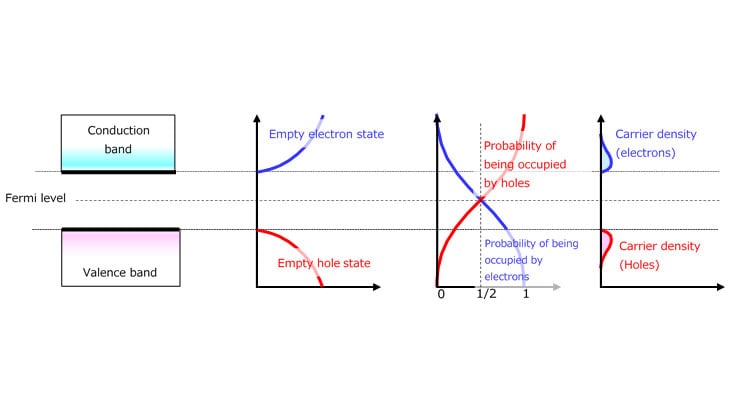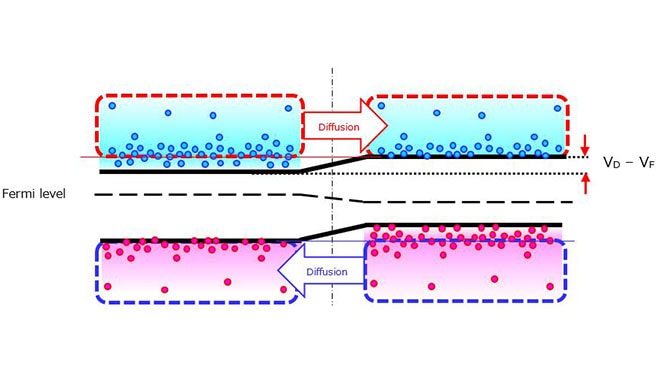- 半導體首頁
-
應用Automotive
Body Electronics
xEV
In-Vehicle Infotainment
Advanced Driver-Assistance Systems (ADAS)
Chassis
IndustrialInfrastructure
BEMS/HEMS
Factory Automation
Commercial Equipment
Consumer/PersonalIoT Equipment
Healthcare
Wearable Device
Mobile
Computer Peripherals
-
產品車用元件
Discrete Semiconductor
Diodes
電晶體
通用邏輯IC
Analog Devices
Digital Devices
Wireless Devices
※
: Products list (parametric search)
功率半導體※
: Products list (parametric search)
隔離器/固態繼電器Photocouplers
Digital Isolators
※
: Products list (parametric search)
MOSFETsIGBTs/IEGTs雙極性電晶體※
: Products list (parametric search)
Diodes※
: Products list (parametric search)
微控制器馬達驅動 ICs智能功率 ICs※
: Products list (parametric search)
電源管理 ICs線性 ICs※
: Products list (parametric search)
通用邏輯 ICs線性影像感測器其他產品其他產品
※
: Products list (parametric search)
-
開發/設計支援
開發 / 設計支援
-
技術知識
- 購買管道
- 型號 & 關鍵字搜尋
- 交叉搜尋
- 參數搜尋
- 線上庫存查詢跟購買
This webpage doesn't work with Internet Explorer. Please use the latest version of Google Chrome, Microsoft Edge, Mozilla Firefox or Safari.
型號需要超過三個文字以上 Search for multiple part numbers fromhere.
The information presented in this cross reference is based on TOSHIBA's selection criteria and should be treated as a suggestion only. Please carefully review the latest versions of all relevant information on the TOSHIBA products, including without limitation data sheets and validate all operating parameters of the TOSHIBA products to ensure that the suggested TOSHIBA products are truly compatible with your design and application.Please note that this cross reference is based on TOSHIBA's estimate of compatibility with other manufacturers' products, based on other manufacturers' published data, at the time the data was collected.TOSHIBA is not responsible for any incorrect or incomplete information. Information is subject to change at any time without notice.
型號需要超過三個文字以上
1-3. pn junction
Before discussing Schottky barrier diodes (SBDs), let us learn how a pn junction works since it is the most basic junction for forming a diode.
When p-type and n-type semiconductors are joined together, their Fermi levels become equal. This creates a difference in potential between the lower edges of the conduction bands of the n-type and p-type semiconductors (VCN and VCP respectively). This difference in potential is called the diffusion potential (VD) or built-in potential.
Electrons are the majority charge carriers in the n-type semiconductor whereas holes are the majority charge carriers in the p-type semiconductor. Near the junction, electrons in the n-type semiconductor and holes in the p-type semiconductor are attracted and bound to each other and disappear, creating a region called a depletion layer where no carrier exists. Then, some electrons in the n-type semiconductor diffuse into the p-type semiconductor as they have energy exceeding VD. Therefore, above VD, the electron densities in both semiconductors become equal. Likewise, some holes in the p-type semiconductor diffuse into the n-type semiconductor. The current that flows as a result of diffusion of charge carriers (electrons and holes) is called diffusion current. The application of voltage (i.e., an electric field) across the junction also causes drift current to flow. However, the diffusion current is dominant except in a depletion region. When the pn junction is unbiased, current stops flowing once the junction reaches an equilibrium state.
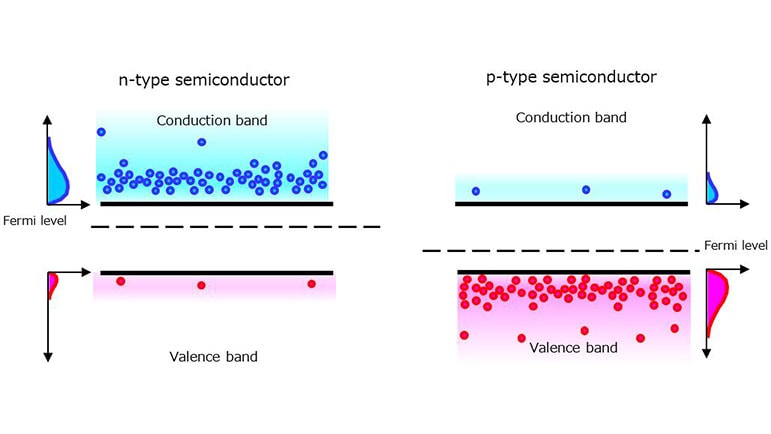


Chapter1 Basics of Schottky Barrier Diodes (Basic of Semiconductor Device)
Related information
- Products
Schottky Barrier Diodes - Applidcation Notes
Application Notes - FAQs
Diodes - Parametric Search
Schottky Barrier Diodes - Stock Check & Purchase
Stock Check & Purchase


